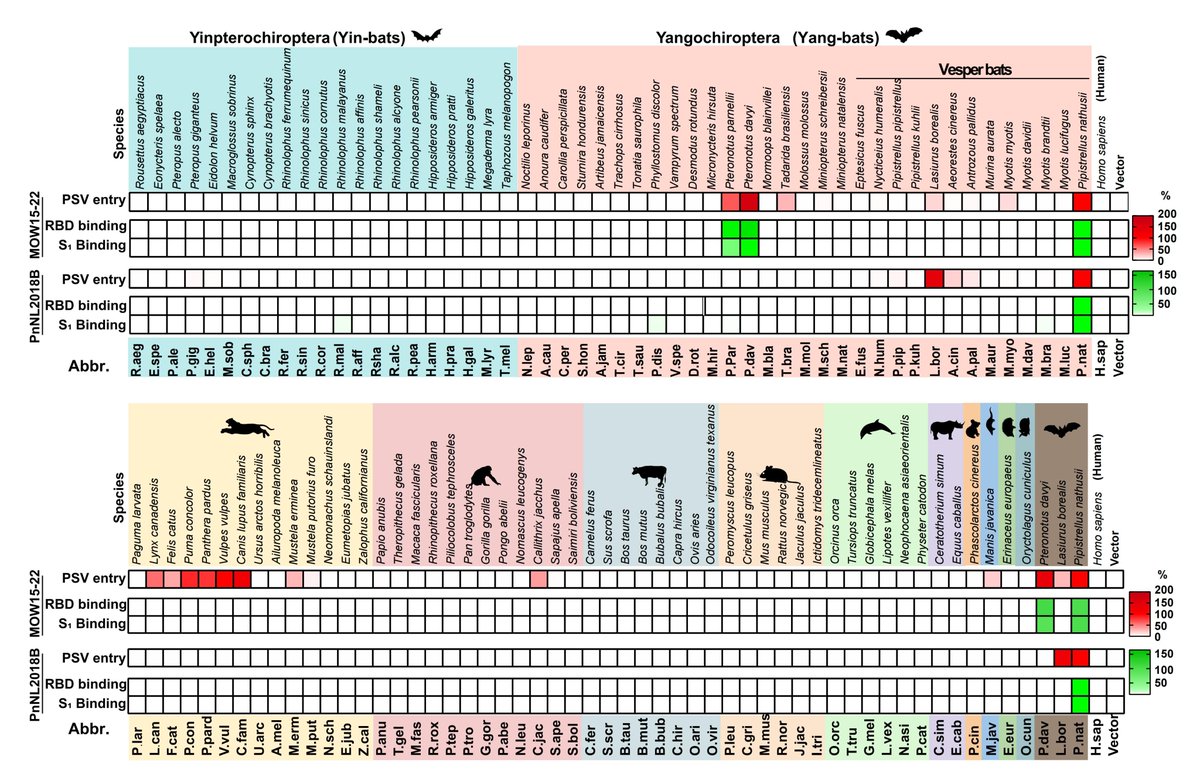Sharing our latest preprint on #SARSCoV2 B.1.617.2 (delta), B.1.617.2+ (delta+) and B.1.617.1 (kappa) variants led by @Dr_MattMcCallum
1/9
biorxiv.org/content/10.110…
1/9
biorxiv.org/content/10.110…
We show that vaccine-elicited neutralizing activity is reduced against delta and kappa and even more against delta+ relative to the vaccine-matched pseudovirus. Delta+ reduces neutralization ~ to B.1.351 (beta) which has the greatest magnitude of immune evasion thus far.
2/9
2/9

Half of the J&J-vaccinated individuals in our panel had no residual variant neutralization. Although we only analyzed neutralizing antibodies (T cells are also key players for in vivo protection), this supports offering second vaccine dose
3/9
abc7news.com/coronavirus-sf…
3/9
abc7news.com/coronavirus-sf…
#CryoEM structures of the delta and kappa spikes provide blueprints to understand immune evasion, including loss of neutralization by some clinical antibodies whereas sotrovimab (S309) remain efficacious against these variants.
4/9
4/9

We reveal that remodeling of the delta and kappa spike NTDs (including a spectacular refolding of the delta NTD) is responsible for the loss of neutralizing activity of most NTD-specific antibodies against these two variants.
5/9
5/9

The ACE2-binding affinity of delta and kappa is not markedly different whereas delta+ is significantly reduced relative to ancestral virus, in line with our structural data.
6/9
6/9

We propose that increased membrane fusion (as a result of the P681R mutation) is a main factor explaining the fitness advantage of these two variants, as recently shown by @GuptaR_lab , @SystemsVirology & @OlivierSchwartz
7/9
7/9
We found a new class of NTD neutralizing antibodies cross-reacting with several #SARSCoV2 variants through recognition of a previously uncharacterized epitope partially overlapping with the NTD antigenic supersite, revealing a possible target for vaccine development.
8/9
8/9

Thank you so much to @coronalexington Kaitlin Sprouse @johnbowenbio @HaVanDang2712 and our wonderful collaborators including @DavideCorti6 @HelenChuMD & many others
9/9
9/9
• • •
Missing some Tweet in this thread? You can try to
force a refresh








